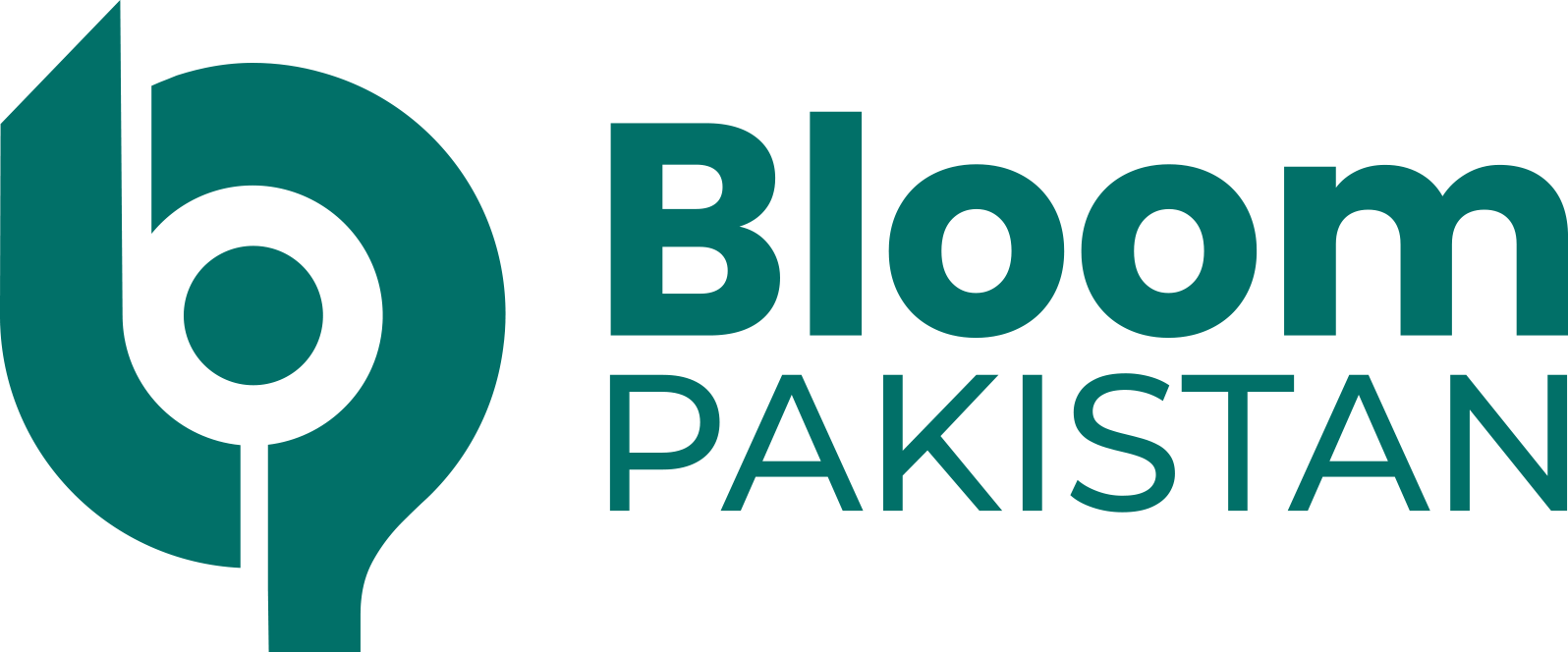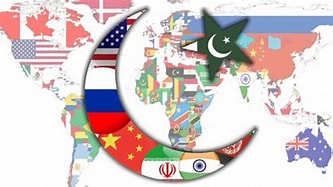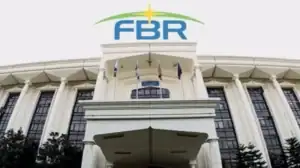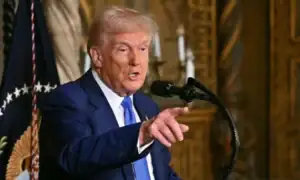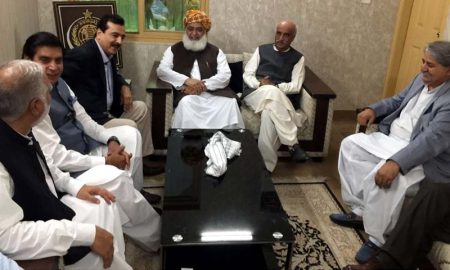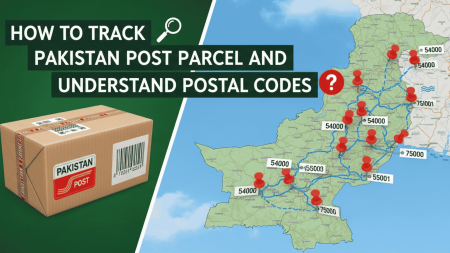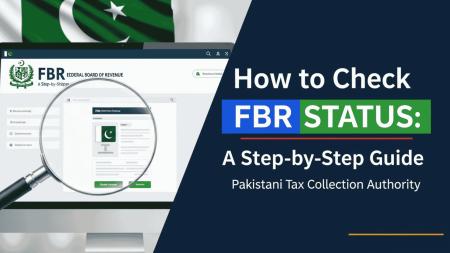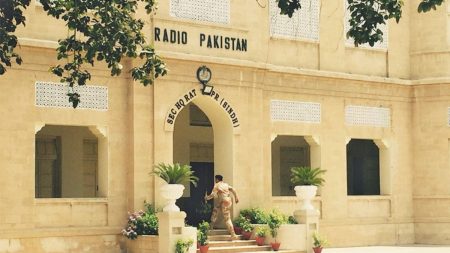Since its founding in 1947, Pakistan has steered through murky international seas while working to preserve and strengthen its diplomatic ties throughout the world. Its bordering positions with Afghanistan, Iran, China, and India have greatly influenced its foreign policy and international economic tactics. In addition to including secondary issues like international trade and foreign policy, this article explores the major events in Pakistan’s diplomatic relations, emphasizing basic components like diplomatic relations and Pakistan diplomacy.
Pakistan’s admission to the UN in 1947 marked the start of its diplomatic career. At first, its relationship with India had a significant impact on its foreign policy, especially with regard to the Kashmir dispute. Pakistan has worked to maintain a balance in its diplomatic relations with major nations, such as the US, China, and the Middle East, over the years.
Diplomatic ties with China
The strong diplomatic ties Pakistan has with China are among its most important diplomatic assets. Known as “all-weather,” this friendship has gotten stronger over time. This relationship has been strengthened even further by the China-Pakistan Economic Corridor (CPEC), the centerpiece project of China’s Belt and Road Initiative (BRI).
With CPEC, communication between the two nations would be improved, economic growth will be accelerated, and international commerce will be facilitated. Pakistan’s strategic pivot towards cultivating closer connections with China is evident in this alliance, which is vital for the country’s foreign policy and economic goals.
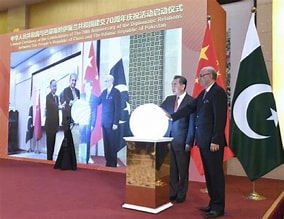
Relationships with the US
There have been times of great friction as well as periods of close collaboration in Pakistan’s relationship with the United States. Pakistan was a crucial ally of the United States during the Cold War in its attempts to limit Soviet dominance in South Asia. After the 9/11 attacks, the alliance was rekindled, with Pakistan emerging as a key player in the US-led War on Terror. But there has been conflict over things like drone operations, counterterrorism tactics, and Pakistan’s nuanced relationship with Afghanistan.
Despite these challenges, the bilateral relationship remains vital, particularly concerning international trade and security.
The Middle East and Pakistan
Pakistan’s diplomatic ties with the Middle East are crucial, particularly with Saudi Arabia and the Gulf States. These connections have their roots in economic, cultural, and religious ties. Pakistan has frequently received financial assistance and energy supplies from Saudi Arabia, and millions of Pakistani nationals living abroad in the Gulf send money home via remittances. These commercial interactions highlight how crucial commerce is to Pakistan’s Middle East foreign strategy.
Relations between Pakistan and India
India and Pakistan have possibly the most complicated and tense diplomatic ties. The Kashmir dispute has been the main reason for the several conflicts between the two nations. The relationship is tense despite sporadic attempts at communication and peace initiatives. Tensions have been further escalated by incidents like the 2001 Parliament assault, the 2008 Mumbai attacks, and the 2019 Pulwama attack. However, diplomatic initiatives persist, frequently with the involvement of foreign mediators in an effort to restore stability in ties.
The Place of Pakistan in the Islamic World
Pakistan, a founding member of the Organization of Islamic Cooperation (OIC), has long aspired to take the lead in the Islamic world. Its foreign policy places a strong emphasis on sympathy for the Palestinian cause and unity with nations having a majority of Muslims. This facet of Pakistani diplomacy is indicative of its endeavors to establish a shared identity and sphere of influence within the Muslim population worldwide.
Global Commerce and Financial Diplomacy
A key component of Pakistan’s foreign policy is economic diplomacy. The nation has made an effort to lessen its reliance on any one nation economically by diversifying its trading partners. This tactic is emphasized by free trade agreements with China, Malaysia, and Sri Lanka, among others. Furthermore, promoting regional trade and economic integration is the goal of Pakistan’s membership in regional organizations like the Economic Cooperation Organization (ECO) and the South Asian Association for Regional Cooperation (SAARC).
Read more: Pakistan-Armenia Diplomatic Relations Open Trade Opportunities
Possibilities and Difficulties
Pakistan still confronts several obstacles even if its diplomatic relations have come a long way. Afghanistan in particular is a region where instability affects foreign policy and security. Other major obstacles include economic ones, such as trade imbalances and debt. Nonetheless, there are chances to take advantage of its advantageous position for transit commerce, strengthen its involvement in regional connectivity initiatives, and deepen its economic connections with developing nations.
Paths Ahead for Pakistani Diplomacy
In the future, Pakistan’s diplomacy is probably going to keep concentrating on finding new partnerships while maintaining a balance with the world’s superpowers. Main goals will continue to be fortifying diplomatic connections with neighbors, advancing economic diplomacy, and actively participating in international organizations. The decisions Pakistan makes about its foreign policy will also be influenced by the changing geopolitical environment, which includes the emergence of China and changing U.S. policies.
Conclusion
Pakistan’s diplomatic ties have developed as a result of intricate interactions between economic, geopolitical, and historical variables. The nation’s multifarious foreign policy is reflected in its strategic alliances with China and the US, its leadership position in the Islamic world, and its initiatives to expand global commerce. Pakistan persists in navigating the international diplomatic arena while facing obstacles, aiming to bolster its standing and promote stability in the region and beyond.
